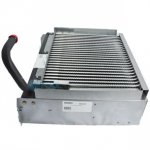First full year with pool. Learned so much here already I'm feeling very comfortable with the daily routine. Great weather here last week and we enjoyed the pool 5 days in a row. Used the heater to warm up the spa on 4 of those days and then on the 5th, fired it up and nothing. Went over to the heater and smelled gas. I assume the pilot didn't fire.
Before I call in the pros and drop tons of loot, I figured someone here might point me to something obvious and easy. Here are some pics of the equipment. It says not to light the pilot so I did nothing more then take photos.
Any help would be greatly appreciated!
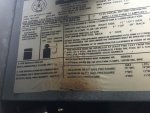
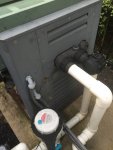
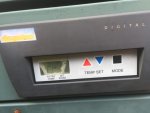
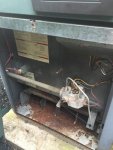
Before I call in the pros and drop tons of loot, I figured someone here might point me to something obvious and easy. Here are some pics of the equipment. It says not to light the pilot so I did nothing more then take photos.
Any help would be greatly appreciated!






